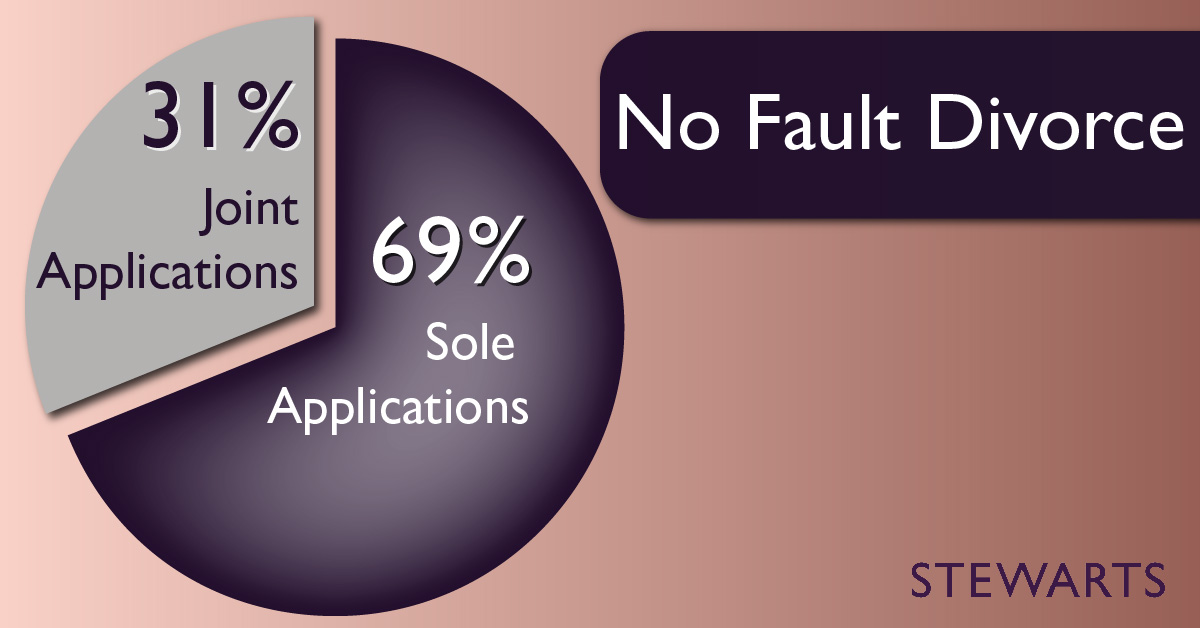It is now two years since the introduction of no-fault divorce in England and Wales, the biggest shake-up in family law legislation in over 50 years. Ben Connor examines the impact of no-fault divorce since its introduction in April 2022.
Family law practitioners had campaigned for some time to modernise the divorce procedure and create a less confrontational process in keeping with the reasons modern-day marriages end.
What was the law before no-fault divorce?
Before the introduction of no-fault divorce in the Divorce, Dissolution and Separation Act in April 2022, an applicant for divorce was required either to attribute fault to their spouse for the breakdown of their marriage, or to have been separated for a number of years. To avoid waiting for up to five years, the applicant had to accuse their ex-spouse either of unreasonable behaviour or adultery.
The respondent’s unreasonable behaviour was the most common reason relied upon and examples had to be provided in the divorce petition. These examples could be incredibly provocative and increase conflict unnecessarily, making an already difficult process more challenging.
To defuse tensions, family lawyers would usually adopt anodyne wording and reasoning in divorce applications. However, in Owens v Owens [2018], the Supreme Court refused to grant a divorce to Mrs Owens due to her failure to provide examples of Mr Owens’ behaviour that were sufficiently unreasonable. This decision strengthened calls from the family law community for new legislation that would foster certainty and encourage the amicable separation of parties at an already emotionally charged time.
The Divorce, Dissolution and Separation Act 2020
The introduction of no-fault divorce in England and Wales means that:
- Couples can divorce without having to attribute blame to either party.
- A divorce can no longer be contested (unless there is a dispute over the appropriate jurisdiction within which the divorce should proceed), meaning an unhappy party no longer needs to remain trapped in their marriage.
- Couples can now make a joint application for divorce.
- The language in the legislation has been modernised (for example, the “divorce petition” is now referred to as the ”divorce application”).
Impacts of the reform and outlook moving forward
No-fault divorce represented a big step forward in overhauling family law to reflect modern society, where divorce is no longer taboo.
Some applicants may feel aggrieved that they cannot cite unreasonable behaviour under the new model. However, even before the reforms were introduced in April 2022, unreasonable behaviour or adultery would not have any bearing on the financial outcome of the divorce.
Generally, there is widespread acceptance through the family law world that no-fault divorce has changed things for the better. It has helped to take the heat out of the initial steps along the path to divorce and so paves the way for a more consensual, amicable approach to dealing with arrangements for the children and the parties’ financial claims.
Given the success of no-fault divorce, many in the family law community hope this change might be a stepping stone to further reform in other areas of the law, such as the rights of cohabitees and making pre and post-nuptial agreements binding.
Conclusion
Senior associate Sarah Havers spoke to LBC Radio on the second anniversary of the changes. She comments: “Abolishing the need for one party to blame the other at the outset has helped reduce the prospect of acrimonious, damaging and expensive litigation. No fault divorce allows parties to start the process in a much calmer, more amicable way, which helps to set the tone for the rest of the process. The family court is increasingly focused on encouraging parties to engage with non-court dispute resolution (NCDR), such as mediation or arbitration, so as to reduce costs and delay. Avoiding the blame game at the outset naturally makes the prospect of successful NCDR more likely.”
You can find further information regarding our expertise, experience and team on our Divorce and Family page.
If you require assistance from our team, please contact us.
Subscribe – In order to receive our news straight to your inbox, subscribe here. Our newsletters are sent no more than once a month.







